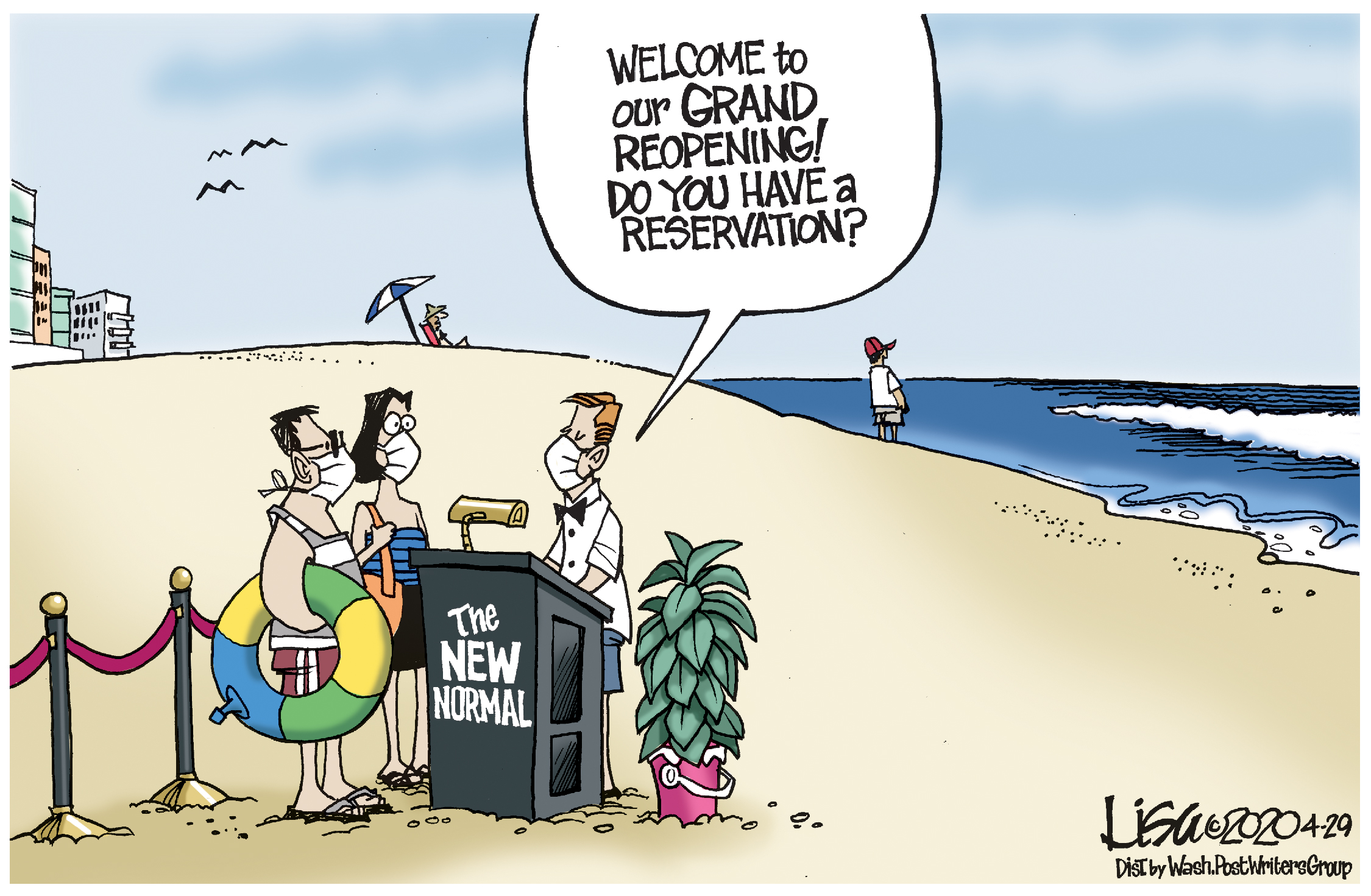Asymptomatic spread of Covid-19 appears to be relatively rare. One meta-study that looked at transmission of Covid-19 within households (where there’s a much higher likelihood of passing on a virus, compared to briefer encounters outside the home) found only a 0.35% transmission rate. Even these results may be overstated because they rely on the use of PCR tests, which do not identify the presence of live virus. Contrary to initial reports in the media that most Covid-19 cases are asymptomatic, it seems that less than 20% actually are.
What should this mean for public health policy? If the likelihood that people who are not coughing, sneezing and feeling unwell are going to spread Covid-19 is very low, why should we require everyone to physically distance and wear masks? It would make more sense to me to have public education campaigns to help people identify when they’re coming down with an illness (Covid-19 appears to be most transmissible during the onset of symptoms, rather than later) and do the right thing by staying at home.
Public health officials can be excused for casting the policy net too broadly during the first few months of the emergency of this new virus. However, they now have a year’s worth of scientific studies to look at to understand the actual transmission patterns, and adopt targetted approaches that cause less collateral damage to people’s lives and livelihoods.
For more, see our full Return to Normal policy.
Clayton Welwood
Party President

